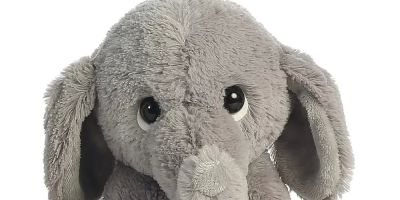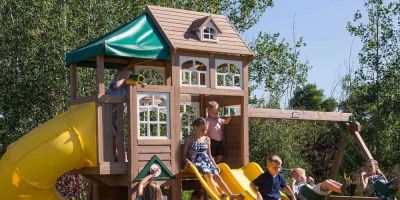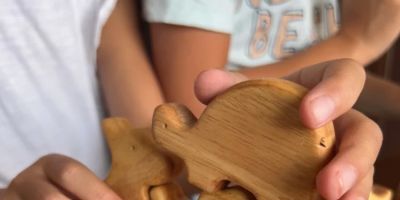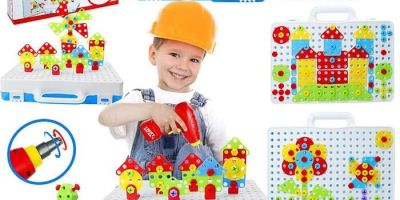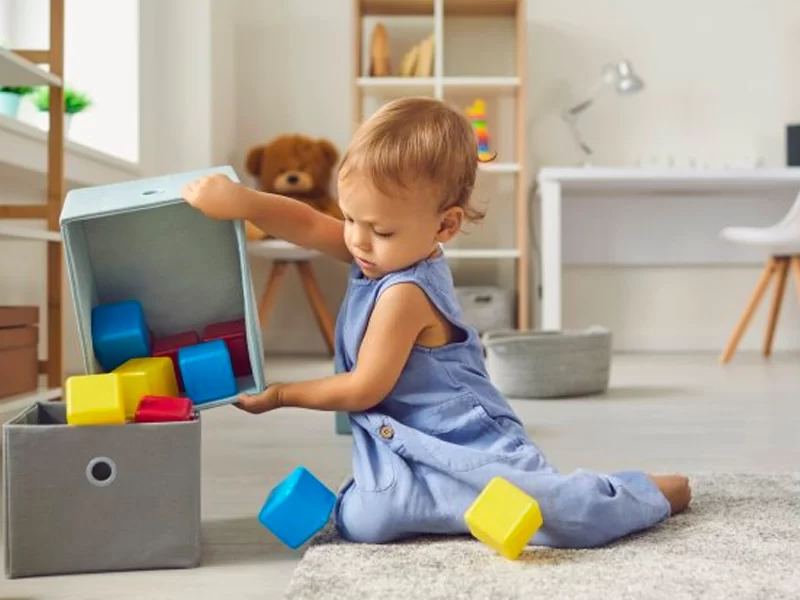
- Understanding Sensory Needs in Autism
- How Sensory Toys Benefit Children with Autism
- Top Types of Sensory Toys for Autistic Children
- Real-Life Examples of Sensory Toys Impact
- Choosing the Right Sensory Toys and Where to Find Them
1. Understanding Sensory Needs in Autism
Children with autism often experience sensory processing differences, which means they might be overly sensitive or under-responsive to stimuli like sound, touch, light, or movement. These sensory challenges can affect their comfort, learning, and interaction with the world around them. Understanding these unique sensory needs is essential for caregivers and educators to support autistic children effectively.
For example, some children might find certain textures overwhelming, while others may seek intense tactile input. Sensory toys designed specifically for children with autism provide safe, controlled ways to explore these sensations, helping to regulate sensory input and create a calming effect.
1.1 Sensory Processing and Autism
Research shows that up to 90% of children with autism experience some form of sensory processing disorder. This can manifest as either hypersensitivity or hyposensitivity to stimuli, leading to behaviors such as withdrawal, repetitive actions, or difficulty focusing. Sensory toys act as therapeutic tools to bridge this gap, allowing children to engage their senses constructively.
1.2 Emotional and Cognitive Benefits
Addressing sensory needs is not just about comfort; it also supports emotional regulation and cognitive development. When sensory input is managed well, children with autism tend to show improvements in communication, social skills, and attention span.
2. How Sensory Toys Benefit Children with Autism
Sensory toys play a vital role in helping children with autism navigate their sensory world. These toys are carefully designed to stimulate senses such as touch, sight, hearing, and proprioception, aiding in sensory integration and emotional balance.
2.1 Enhancing Focus and Calmness
Many sensory toys help children channel their energy in a focused way. For example, fidget toys and textured balls provide tactile input that can reduce anxiety and improve concentration during learning or social activities.
2.2 Encouraging Exploration and Learning
Interactive sensory toys invite children to explore different textures, shapes, and movements. This hands-on engagement encourages curiosity and cognitive growth, offering a playful way to develop fine motor skills and spatial awareness.
2.3 Supporting Communication and Social Interaction
Some sensory toys are designed to be used in group settings or with caregivers, promoting turn-taking, sharing, and communication skills. For children with autism who struggle with social cues, these toys can act as gentle facilitators of interaction.
3. Top Types of Sensory Toys for Autistic Children
Choosing the right sensory toys depends on the individual child’s preferences and needs. Here is an in-depth look at some of the most effective types of sensory toys that have helped many children with autism thrive.
3.1 Tactile Toys
Tactile toys like squishy stress balls, textured fidget spinners, and sensory brushes offer different touch sensations. They can soothe a child who craves deep pressure or help those who are overwhelmed by certain textures learn to tolerate them gradually.
3.2 Visual and Auditory Sensory Toys
Light-up toys, bubble tubes, and musical instruments engage visual and auditory senses. These toys can be particularly calming, creating a sensory-rich environment that helps children focus and relax.
3.3 Proprioceptive and Vestibular Toys
Swings, balance boards, and weighted blankets provide proprioceptive input, helping children understand their body position and movement. These toys often help regulate energy levels and improve body awareness.
3.4 Interactive and Cause-Effect Toys
Toys that respond to touch or movement, like sensory balls that light up or musical toys, encourage cause-and-effect learning, which is crucial for cognitive development in children with autism.
4. Real-Life Examples of Sensory Toys Impact
To truly understand the value of sensory toys, consider the story of Ethan, a seven-year-old boy with autism who struggled with overstimulation in noisy environments. His parents introduced a weighted lap pad and a fidget cube during school and home activities. Over time, Ethan showed remarkable improvements in self-regulation and focus, reducing his anxiety during transitions.
Another case involves Mia, a four-year-old girl who was nonverbal and exhibited frequent meltdowns due to sensory overload. Through daily play with a light-up bubble tube and textured sensory mats, Mia gradually became more engaged with her surroundings and began using basic signs to communicate her needs.
Stories like these demonstrate how targeted sensory toys can transform everyday challenges into opportunities for growth and joy.
5. Choosing the Right Sensory Toys and Where to Find Them
When selecting sensory toys for children with autism, it’s important to consider the child’s unique sensory profile, interests, and developmental goals. Consulting with occupational therapists or autism specialists can provide personalized recommendations to maximize benefits.
For caregivers and educators looking for high-quality sensory toys, Knight Toys offers a carefully curated selection of autism-friendly products that cater to diverse sensory needs. Their range includes tactile, visual, and proprioceptive toys designed with safety and effectiveness in mind, ensuring that each child can find tools that support their growth and comfort.
Ultimately, investing time in finding the right sensory toys can make a significant difference in a child’s life, fostering independence, reducing anxiety, and encouraging meaningful learning experiences.

